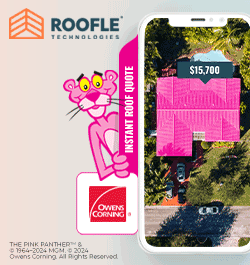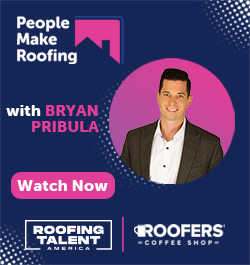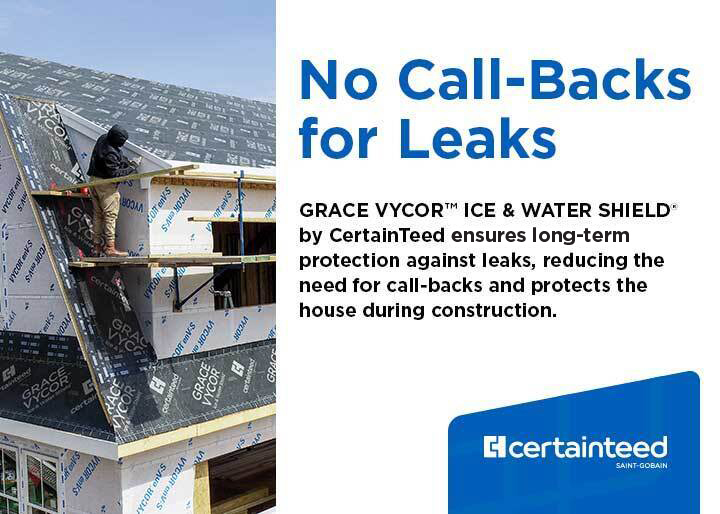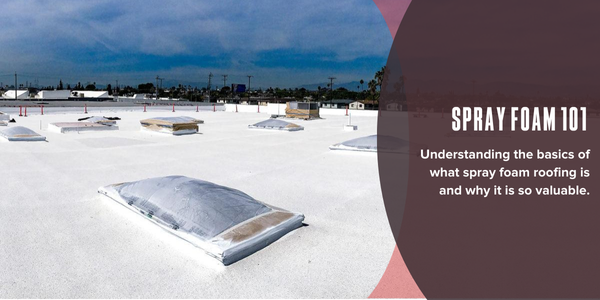Spray foam 101
April 9, 2025 at 6:00 a.m.By Emma Peterson.
Understanding the basics of what spray foam roofing is and why it is so valuable.
Spray foam (SPF) is a popular new construction or re-cover option in the roofing industry, for low-slope roofs. At its core, it creates a seamless, continuous insulation layer on top of a roof deck that protects it. To dive a bit deeper into how exactly it does that and why that SPF layer is so helpful on the roof, Will Lorenz of General Coatings Manufacturing Corp. stopped by to share a bit of his expertise.
SPF is a plural component insulation system designed for roofing. The foam itself contains a blowing agent with low GWP technology that reduces energy flow and saves building owners money. Will explained more about foam chemistry in a little more detail, saying, “Polyurethane spray foam is made of an A side (or isocyanate) and a B side (blended polyol or the blowing agent) in a one-to-one ratio. To make SPF, those two are reacted together in a foam machine and applied as liquid. As the reaction occurs, they rise up into a foam, cure and become a hard, durable roof surface.”
The next step on any SPF roofing project would be adding solar reflective top coats and other products to enhance the performance of the SPF. SPF is also frequently used in tandem with silicone and acrylic roof coatings. Will elaborated, “Most foam roofs are covered with acrylic roof coating or silicone roof coatings, and, in some cases, combination systems.” An example of an enhancing component often added to SPF is asphalt granules, which provide a variety of benefits including better hail resistance, fire classification and overall durability.
When installed properly with the right products and coatings used with it, SPF is an incredibly versatile roofing solution. Not only is it a great option for commercial, industrial, and institutional roofs, but it can also be used on new construction or re-cover. Will gave an example of where it’s been used, sharing, “An example of new construction is the in Las Vegas entertainment center, where a concrete deck needed spray foam insulation and a roof coating for a fire classified roof system. So, we provided our Ultra-Thane 230 Roof Foam along with our Ultra-Flex 1000 Acrylic and granules to be compliant with the unlimited slope fire classification roof system.”
Alternatively, when used as a re-roof or re-cover system, Foam roofing is ideal because it can eliminate the need for tear off (you can put SPF over an existing built up or mod roof) and still extend the lifespan of the roof. Not only does this save money and labor, but it also means that the buildings’ operations are not interrupted. Will gave an example of where you might want to use SPF on a recovery project, saying, “Spray foam as a new assembly for a new hospital or an older fire station is a great option. Let’s say the roof has gotten worn out and they’re wondering if they need to tear it all down, but instead, we put an SPF system on top of it, get it waterproofed quickly and effectively and get that fire station or hospital operational so much faster.”
Learn more about General Coatings in their Coffee Shop Directory or visit www.generalcoatings.net.
About Emma
Emma Peterson is a writer at The Coffee Shops and AskARoofer™. Raised in the dreary and fantastical Pacific Northwest, she graduated in 2024 from Pacific University in Oregon with a degree in creative writing and minors in graphic design and Chinese language. Between overthinking everything a little bit, including this bio, she enjoys watching movies with friends, attending concerts and trying to cook new recipes.






















Comments
Leave a Reply
Have an account? Login to leave a comment!
Sign In